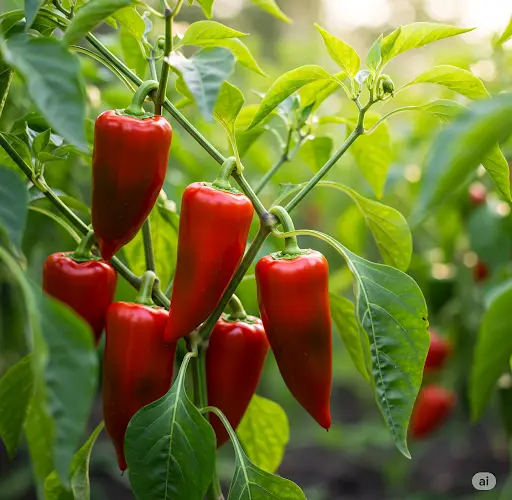If your pepper seeds aren’t sprouting, you’re not alone. Many gardeners face this challenge, but the good news is that with the right conditions and techniques, you can significantly improve germination rates and speed up the process. This guide will walk you through the common reasons pepper seeds fail to germinate and provide effective strategies to encourage faster sprouting.
Why Pepper Seeds Fail to Germinate
Understanding the reasons behind poor germination is the first step to solving the problem. Here are some common culprits:
1. Inadequate Soil Temperature
Pepper seeds require warm soil to germinate effectively. Soil temperatures below 60°F (16°C) can significantly slow down or even prevent germination. The optimal soil temperature range for pepper seed germination is between 75°F and 85°F (24°C to 29°C) .
2. Improper Moisture Levels
Both overwatering and underwatering can hinder seed germination. Soil that’s too dry won’t provide the necessary moisture for seeds to sprout, while overly wet soil can lead to rot or fungal issues. Maintaining consistent, moderate moisture is key.
3. Old or Non-Viable Seeds
Seeds lose viability over time. If you’re using seeds that are more than two years old, their germination rate may be significantly reduced. Always check the seed packet for the expiration date and consider conducting a germination test before planting.
4. Seed Dormancy
Some pepper varieties, especially super-hot types, have a natural dormancy period and may take longer to germinate. Patience is essential, but certain techniques can help break dormancy and encourage faster sprouting.
Strategies to Accelerate Pepper Seed Germination
To enhance germination rates and speed up the process, consider implementing the following techniques:
1. Use a Seedling Heat Mat
A seedling heat mat can help maintain the optimal soil temperature range of 75°F to 85°F (24°C to 29°C), promoting faster germination . Place the mat under your seed trays and monitor the temperature to ensure it stays within the desired range.
2. Soak Seeds Before Planting
Soaking pepper seeds in warm water for 12 to 24 hours before planting can soften the seed coat and promote quicker germination . Some gardeners also use a mild chamomile tea solution, which has natural antifungal properties.
3. Employ the Paper Towel Method
The paper towel method involves placing seeds between moist paper towels, sealing them in a plastic bag, and keeping them in a warm location. This technique allows for easy monitoring of germination progress and can be particularly effective for stubborn seeds .
4. Maintain Consistent Moisture
Ensure that the soil or germination medium remains consistently moist but not waterlogged. Using a spray bottle to mist the surface can help maintain the right moisture level without disturbing the seeds.
5. Provide Adequate Light
Once seeds have germinated, they require sufficient light to grow strong and healthy. Using grow lights can provide the necessary intensity and duration of light, especially in indoor settings or during shorter daylight periods.
6. Use Fresh, High-Quality Seeds
Starting with fresh seeds increases the likelihood of successful germination. Purchase seeds from reputable suppliers and store them in a cool, dry place to maintain viability.
Additional Tips for Successful Germination
-
Label Your Seeds: Keep track of different pepper varieties by labeling your seed trays or containers.
-
Monitor Daily: Check your seeds daily for signs of germination and to ensure optimal moisture and temperature conditions.
-
Be Patient: Some pepper varieties naturally take longer to germinate. If conditions are optimal, give the seeds time to sprout before making changes.



